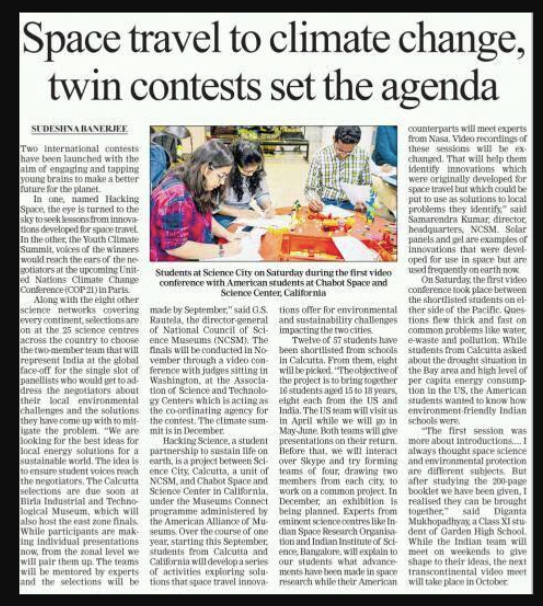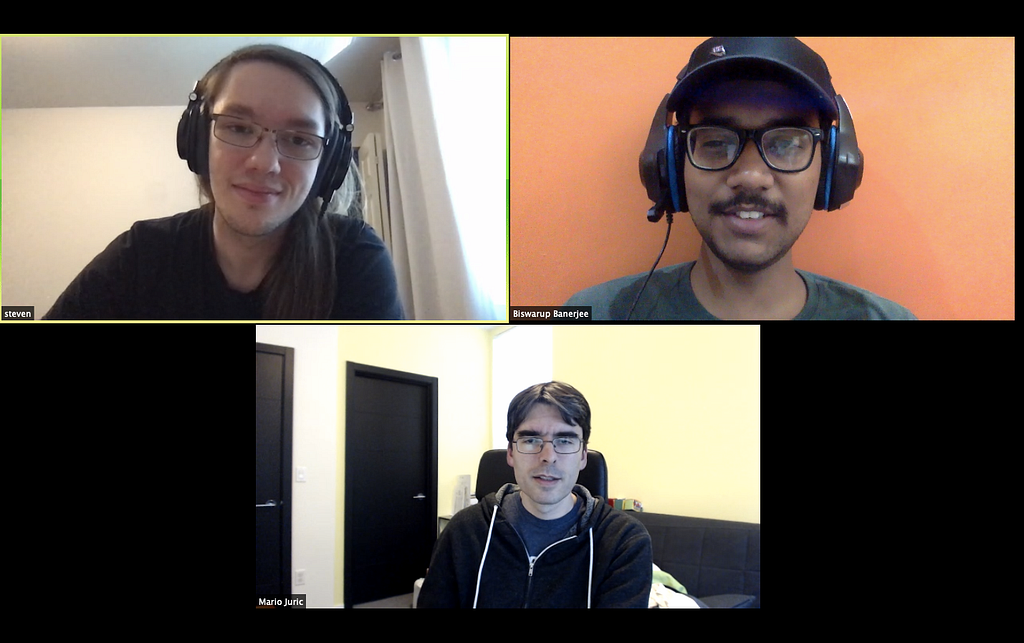Tryst with Astronomy and Space Science
Tryst with Astronomy and Computer science
When I was very young, my dad used to tell me stories of how people can float in space because of zero gravity, how brave Indian astronauts like Kalpana Chawla gave their life for the pursuit of space science and that the stars we see in the night sky are several light-years away!

Many a time I would lay down on our open terrace and stare at the never-ending sky filled with millions of stars and just ruminate on the fact that we are living in such a vast universe!
Then came high school and while randomly browsing the internet I came across a few articles written by Al Globus who happened to be one of the Board of Directors of The National Space Society.
In the articles, he talked about how humans can live in outer space and how humans will someday become a multi-planet and multi-orbital species.
I instantly was captivated by the idea of living in space and I spent that year of high school designing a space settlement that could sustain the life of 10,000 residents. I even wrote C++ programs that could help calculate the amount of oxygen, food, water, the surface area, and the radius of the torus needed to sustain a given amount of population.
Eventually, I sent my design to the NASA AMES SPACE SETTLEMENT CONTEST 2015, and our team got an honorable mention!
The next year, I got an amazing opportunity to work on a collaborative project funded by the US Department of State!
In that project, our team from NCSM India, and another team from Chabot Space Science Center, California worked on designing “space-spin off” technologies that could be used to control pollution levels on earth.
It was really fun and a great learning experience for me and it taught me a lot about collaboration, teamwork, and about how much space science affects our day to day life!
Our project was even featured in many media channels!


After this, I went to college! My college was nothing less than a roller coaster ride!
So, I dedicated most of my time learning to code, doing internships, traveling to as many hackathons and tech events as possible, and having a good social life!
I worked for some really cool tech startups like Pratilipi.com (one of India’s largest vernacular self-publishing platforms), upGrad.com (Linkedin’s top 20 startups 2019–2020) and even went to Microsoft Imagine Cup’s National Finals!
And one of the coolest things that happened in my final year of engineering is that I got into Google Summer Of Code 2020 with OpenAstronomy.org!
Inside the OpenAstronomy Organization, I would be working with the DIRAC or Data Intensive Research in Astrophysics and Cosmology at the University of Washington.

I had multiple team meetings over zoom and I am totally fascinated by the people behind DIRAC. They are a very experienced and passionate team of astronomers, engineers, and researchers and I feel really lucky to be part of such an amazing group!
The projects that they work on include building tools and software for analyzing very large data sets (in terabytes and petabytes) coming from The Large Synoptic Survey Telescope or the LSST and from the Zwicky Transient Facility (ZTF).
The project that I will be working on is a very interesting one and it revolves around building a user interface/dashboard that would allow astronomers/space scientists to easily create and manage Apache Pyspark from their Jupyter Notebooks. With the dashboard, the astronomers would no longer have to write multiple lines of code to launch and manage a pyspark cluster, and instead, they can achieve that by a very user-friendly drag and drop interface!
In the next 3 months, I will be working with my GSoC mentors Steven and Professor Mario Juric and the other teammates at DIRAC’s Data Engineering Group, and I am very much excited for the same!
Linkedin: https://www.linkedin.com/in/techguybiswa/
Mail-Id: bis.banerjee.bb@gamil.com
Thanks gishtah for helping me to edit my post!
Tryst with Astronomy and Space Science was originally published in Noteworthy - The Journal Blog on Medium, where people are continuing the conversation by highlighting and responding to this story.